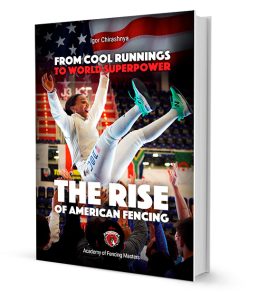How long has your child been fencing? What’s your child’s fencing rating? What was the result from the last fencing competition that your child competed in? What’s the highest level competition that your fencing child has competed in? If you’re a fencing parent, then...









